Sometimes, we know a team isn’t performing as well as it could be. There are signs of dysfunction within a team that we can look out for, and these must be recognised and rectified early on to avoid long-lasting damage. Once the dysfunctions of a team have been identified, we can take proactive steps to improve them by addressing the issues directly, allowing us to create a more positive work environment.
Here’s how we can go about diagnosing and curing a dysfunctional team.
Unravelling the core dysfunctions of a team
There are five characteristics we can look out for that demonstrate a team is dysfunctional:
1) Lack of trust
Trust is fundamental to a team’s success. Lack of trust undermines the foundation of team cohesion leading to a culture where vulnerability is viewed as a weakness rather than a strength. In this environment, people don’t feel comfortable sharing ideas or collaborating openly and both the wellbeing of team members and the work itself suffers.
2) Fear of conflict
Many people hear the word conflict and assume it’s a bad thing, but there is such a thing as healthy conflict. Opposing ideas need to be discussed, and there are ways to do this constructively. If people avoid having conversations because they fear the potential for disagreement, then a team may be living in artificial harmony on the surface while unresolved issues simmer below the surface. These problems could flare up in an unhealthy way, so it is better within a functional team to allow for constructive conflict before this can happen.
3) Lack of commitment
Teams need to be committed to each other and their goals. One of the core dysfunctions of a team is lack of commitment because ambiguity in direction and goals can lead to disengagement - from each other, and the workplace. Everyone needs to be fully aligned on their own goals and the team objective, to have a vision to commit to, to progress.
4) Avoidance of accountability
When we talk about avoiding accountability, we mean both individuals holding themselves accountable for their actions and input, and team members being comfortable in holding others accountable for their work. If neither of these types of accountability are being monitored within a team, then standards will erode over time and poor performance will become the norm as expectations slip.
5) Inattention to results
Team players within a functional team focus on the overall success of the team and less on their achievements. If personal goals and gains become the overriding ambition of team members, this can detract from collective goals and undermine the team’s ultimate success. Individual objectives and output should be recognised, but they shouldn’t cloud the team’s potential.
Diagnosing and addressing team dysfunctions
We must recognise any potential dysfunction early on before it becomes an unproductive norm. Team leaders need to take the lead here as they can foster a culture of transparency, accountability, and collective success by addressing the core dysfunctions of a team by tackling the root cause.
Lack of trust
Trust is built through communication. In an environment where open discussion is encouraged, and individuals get to know each other and how each person operates, trust grows over time. Leaders can also build trust with their employees by showing they have confidence in their team to deliver without micromanaging - micromanagers can be identified with Thomas' 360-degree appraisal tool.
Fear of conflict
This one can be addressed head-on. To show team members that there’s no need to fear conflict, we can pick an area in the workplace that we suspect is being overlooked for fear of disagreement and bring it out into the open. Leaders can model healthy conflict by working this through with their team, creating a safe space in which different ideas can be heard. This working example should promote the skills and environment in which team members can replicate themselves when needed.
Lack of commitment
One simple solution to lack of commitment is to give team members something to commit to. They shouldn't feel that they or their work exists in a vacuum. Employee engagement surveys can highlight where commitment is missing, and they can also reveal why that is the case. Managers can use this information to understand their employees’ personal goals and help them with a development plan that aligns their objectives with the organisation’s. Once team members feel committed to their plans and the company goals, they will be motivated to commit to supporting each other.
Avoidance of accountability
Accountability can be marked out with clear job descriptions and milestones. Once individuals and team members understand this about their own and each other, it is much easier to hold everyone accountable.
Inattention to results
Behavioural assessments provide insight as to whether someone is more interested in their own goals than the team’s success. KPIs and rewards that align with team success can shift the direction of travel here.
Leveraging Thomas’ expertise
As we’ve already seen, Thomas’ tools such as 360-degree feedback and employee engagement surveys can diagnose dysfunctional teams by providing team leaders with scientific insight into their employees. It doesn’t stop there though.
Once these assessments have been performed, Thomas can also support them by providing tailored development plans and workshops aimed at transforming dysfunctional teams into cohesive, high-performing units. We’ll stick around too, offering ongoing support and resources to ensure your teams remain on a positive trajectory. We want to minimise the chance of any team reverting to dysfunctional patterns, especially if there are any major changes in the workplace.
Transforming dysfunctional teams into cohesive units
Dysfunctional teams don’t have to stay that way. When we know what the signs of dysfunction in a team are - lack of trust, fear of conflict, lack of commitment, avoiding accountability, and inattention to results - and have the tools to diagnose them, we can deploy strategies for improvement. Good leadership is critical here as our team leaders need to drive the change process and transform the working environment into a place where trust, commitment, and accountability are valued.
If you’re a leader who is committed to this ongoing process and you want to take your first steps towards an improved team, you can start utilising Thomas’ comprehensive assessments and development tools today.




